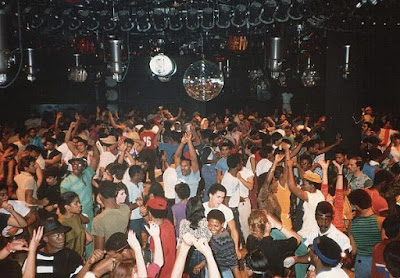PARADISE ON THE DANCE FLOOR - HISTORY OF CLUB BANGERS

Artists who have had major influences on the development of dance music through the years... E.g. James Brown (1933-2006) He was known as the 'Godfather of soul' for his long-lasting career which influenced the development of several different music genres. His 'wrestling of soul into the tight, sweaty shape of funk was perfect for the days when the word "disco" still referred to the venue rather than the music.' E.g. Timmy Thomas (1944-) He is an American R&B singer, keyboardist, song writer and record producer; best known for the song 'Why Can't We Live Together'. He was also a Polydor act who provided crucial development i 1972 by being one of the first producers to use one of the early drum machines on his hit song, stated above. E.g. Giorgio Moroder (1940-) He is an Italian singer, songwriter, record producer and DJ. He is also a four-time Grammy award winner, as well as being dubbed with pioneering Ital


